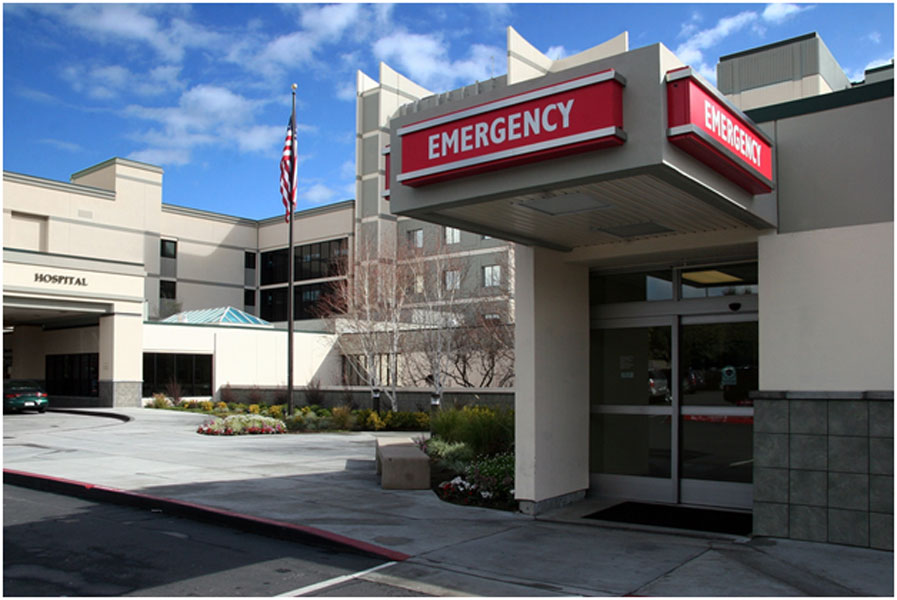Hospitals are quickly shifting away from the traditional inpatient facility that has been established for decades to a new model of delivery of care through investment in outpatient clinics, same-day surgical centers, free-standing emergency departments and micro-hospitals (which have about 8 beds for overnight stays). The latest trend would include programs that monitor patients at home around the clock and enable facilities to keep track of these patients at a high-tech center.
Investors in these new models to replace the sprawling institutions that exist today, say simple economics is playing a role in the transformation of the delivery of care. Traditional hospital stays are very expensive and inefficient to treat many medical issues that present to the hospital, and may compound issues for a hospitalized patient, such as exposure to antibiotic-resistant bacteria. One in 25 patients at any given time are fighting off infection acquired in the hospital setting according to the Center for Disease Control (CDC) at a cost of $10 billion yearly.
Hospitals have been struggling to stay open in recent years, since there is an oversupply of hospital beds in most markets, according to a March 2017 report to Congress by Medpac, an independent analysis group. On average the hospitals met only 62 percent of capacity and have more hospital closings than openings in the last four years (ending in 2015). The majority of these hospitals that close either merge with other facilities or convert to outpatient facilities, especially in rural areas.
“If technological and reimbursement trends continue – including large cuts to Medicare—it is likely that the country would need fewer hospitals,” said Ken Kaufman, chairman of health care advisory firm Kaufman Hall. Hospitals are also feeling the financial pressure as large employers merge to help reduce health care costs for employees, such as the recent decision by Amazon.com Inc. and Berkshire Hathaway Inc., and JP Morgan Chase & Co. to form a company that provides more cost-efficient delivery of care to its employees.
Bruce Leff, a professor at Johns Hopkins University School of Medicine said the trend will be for “hospitals to evolve into large intensive care units, where you go to get highly specialized, highly technical or serious critical care.” Medicare and private insurers are developing payment models that are shifting care away from the hospital setting and provide bundled payments of a single sum for 30 days of services, regardless of where that care is provided. Studies done by Dr. Leff show that care may be delivered for 30 to 50 percent less in alternative settings from the hospital, with fewer complications and better outcomes for the patient.
SOURCE: WSJ, “What Hospitals of the Future Look Like,” by Laura Landro, February 25, 2018
MedTrust Transport provides emergent and non-emergent ambulance services in Charleston, Myrtle Beach and Georgetown, South Carolina. We have trained EMT personnel and a fleet of fully-equipped ambulances. We aim to provide compassionate and timely patient care.

